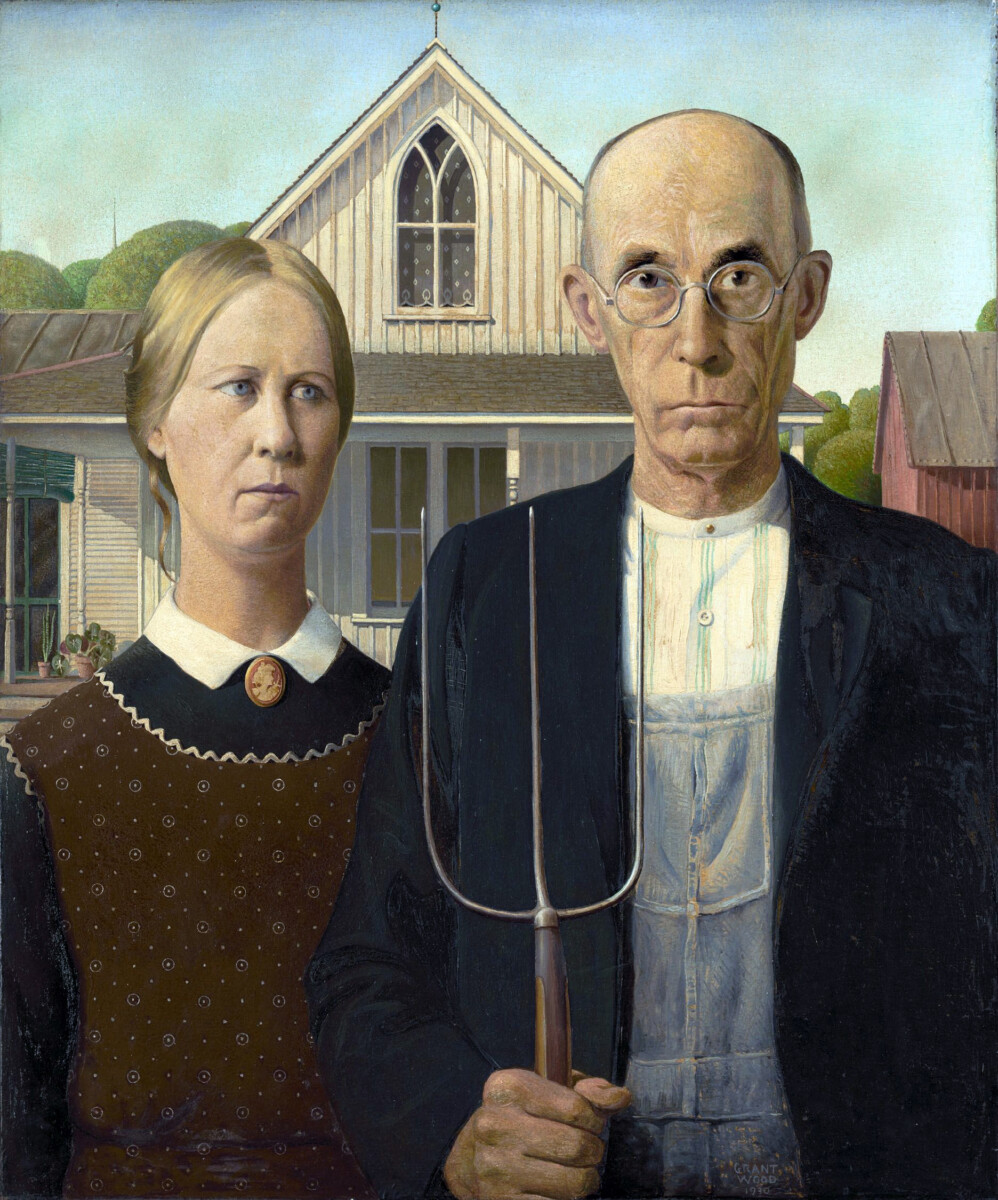The Spark That Ignited a Nation
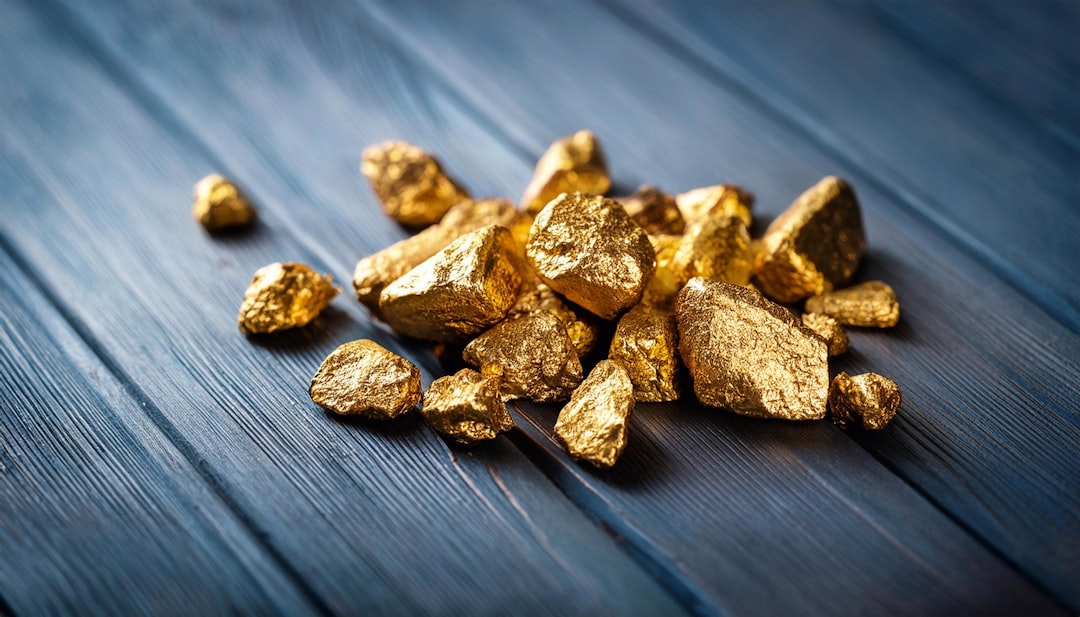
Picture this: one man picks up a shiny rock by a mill stream and suddenly the entire United States goes absolutely crazy. That’s exactly what happened when James Marshall, a carpenter in the employ of John Sutter, traveled up the American River to inspect a lumber mill that Sutter had ordered constructed close to timber sources on January 24, 1848. Even President James Polk felt the excitement as news of the discovery spread across the nation like wildfire.
The discovery wasn’t just another news story—it was the match that lit the fuse of the largest migration in American history. With the President’s seeming endorsement, gold fever gripped the nation, and a second, even larger wave of fortune seekers prepared for the journey west. An estimated eighty thousand of them arrived in 1849 through a variety of routes, forever changing the face of the American West.
The Great Migration: A Human Tsunami
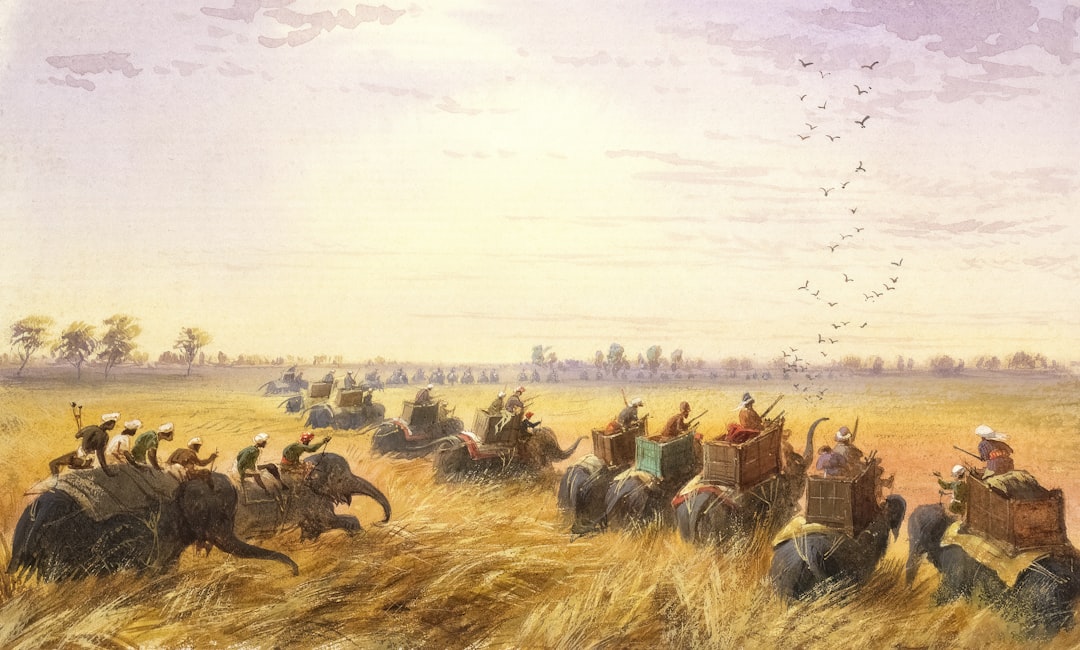
The numbers are staggering and tell a story of human determination that borders on madness. Before the discovery of gold, the territory’s population was approximately 160,000, the vast majority of whom were Native Americans. By about 1855, more than 300,000 people had arrived. We’re talking about a population explosion that would make modern city planners weep.
These miners became known as ’49ers, named after the year 1849, when California’s population of colonists skyrocketed from 7,500 to more than 300,000. But here’s the kicker—these weren’t just American pioneers. Most were Americans, though a number of settlers also came from China, Europe, and South America. This melting pot of cultures created something entirely new in the American West.
Gold by the Tons: The Economic Earthquake
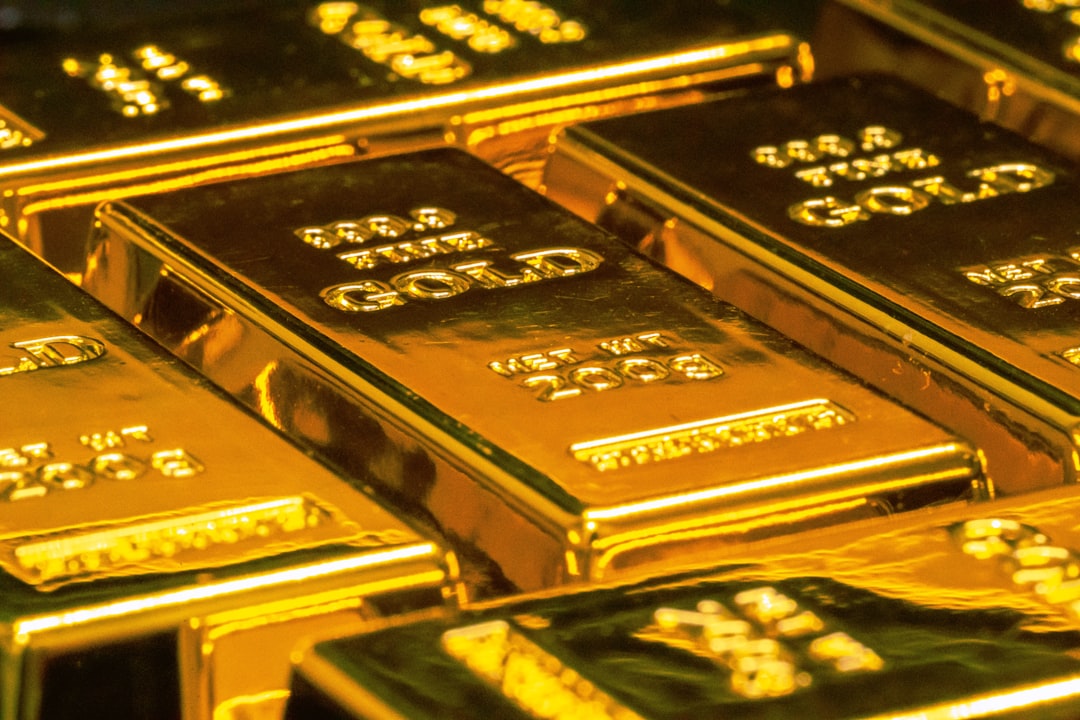
The sheer amount of gold pulled from California’s mountains would make Fort Knox jealous. An astounding amount of gold was pulled from the ground: $10 million in 1849, $41 million ($971 million in 2005 dollars) in 1850, $75 million in 1851, and $81 million in 1852. To put this in perspective, that’s billions in today’s money being yanked from the earth by guys with picks and shovels.
This wasn’t just pocket change—it was economy-changing wealth. Because precious metals were at the base of the monetary system, rushes increased the money supply which resulted in inflation. Soaring gold output from the California and Australia gold rushes is linked with a thirty percent increase in wholesale prices between 1850 and 1855. The Gold Rush didn’t just change California; it shook the entire American economic system.
From Wilderness to Statehood in Record Time

Talk about fast-track development! The significant increase in population and infrastructure allowed California to qualify for statehood in 1850, only a few years after it was ceded by Mexico, and facilitated U.S. expansion to the American West. This wasn’t gradual development—this was explosive growth that forced the federal government to act quickly.
The Gold Rush was credited with hastening statehood for California in 1850, making it one of the fastest territories to achieve statehood in American history. The discovery of gold essentially fast-forwarded what might have taken decades into just a few years. California’s Gold Rush and the fledgling territory’s rapid increase in wealth and population necessitated a civilian government to maintain the public order and prompted its speedy entry into the United States in 1850.
The Transportation Revolution

Before the Gold Rush, getting to California was like planning a trip to Mars. When President William Henry Harrison died in 1841, for example, it took 110 days for that news to reach Los Angeles. The Gold Rush changed all that with frightening speed. The fervor surrounding the Gold Rush led to a revolution in transportation. New roads, bridges, ferries, wagons and steamships were created to help prospectors reach California, which was fairly isolated at the time.
The real game-changer came with the railroads. For almost seven years, thousands of Chinese workers, seasoned in the California goldfields, picked tunnels through mountains of solid rock and hand-graded the railroad beds. In the spring of 1869, the Central Pacific and Union Pacific railroads were ceremoniously joined at Promontory Point, Utah. Suddenly, travel that had taken weeks or even months could now be accomplished in days.
Boomtowns and Instant Cities
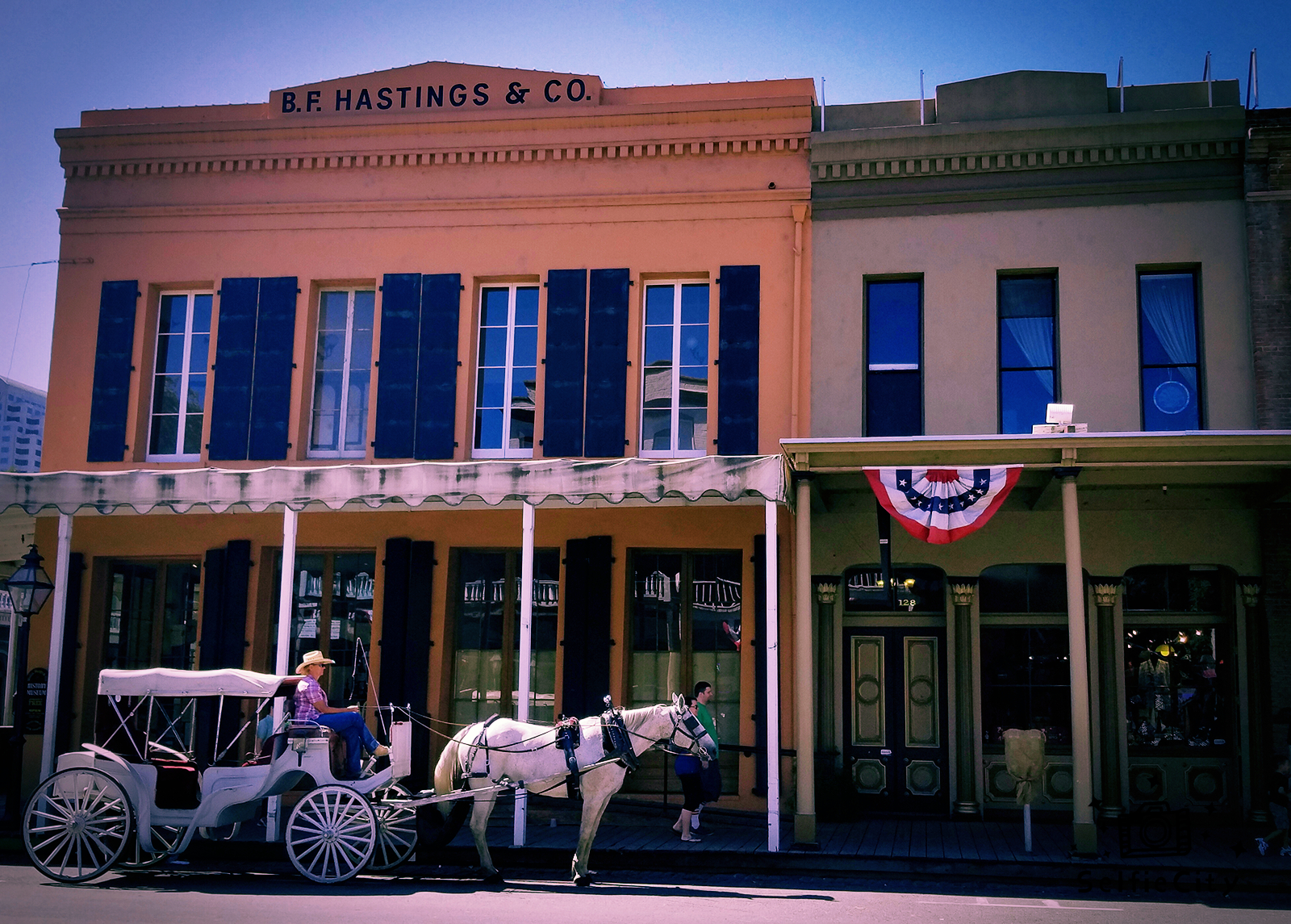
The Gold Rush created something unprecedented in American history—instant cities that sprouted from absolutely nothing. Towns with names like Hangtown, Sucker Flat, and Murderers Bar sprouted in every promising crevice of the Sierras. These weren’t planned communities; they were chaotic settlements that appeared wherever gold was found.
Within a few years, the little port of San Francisco became a raucous frontier metropolis with a lively economy and California was named the 31st state. San Francisco’s transformation was particularly dramatic. San Francisco’s port became the busiest on the West Coast, handling $2 billion in gold shipments by 1854. The massive influx gave rise to numerous cities and towns, with San Francisco gaining particular prominence.
The Birth of Modern American Business
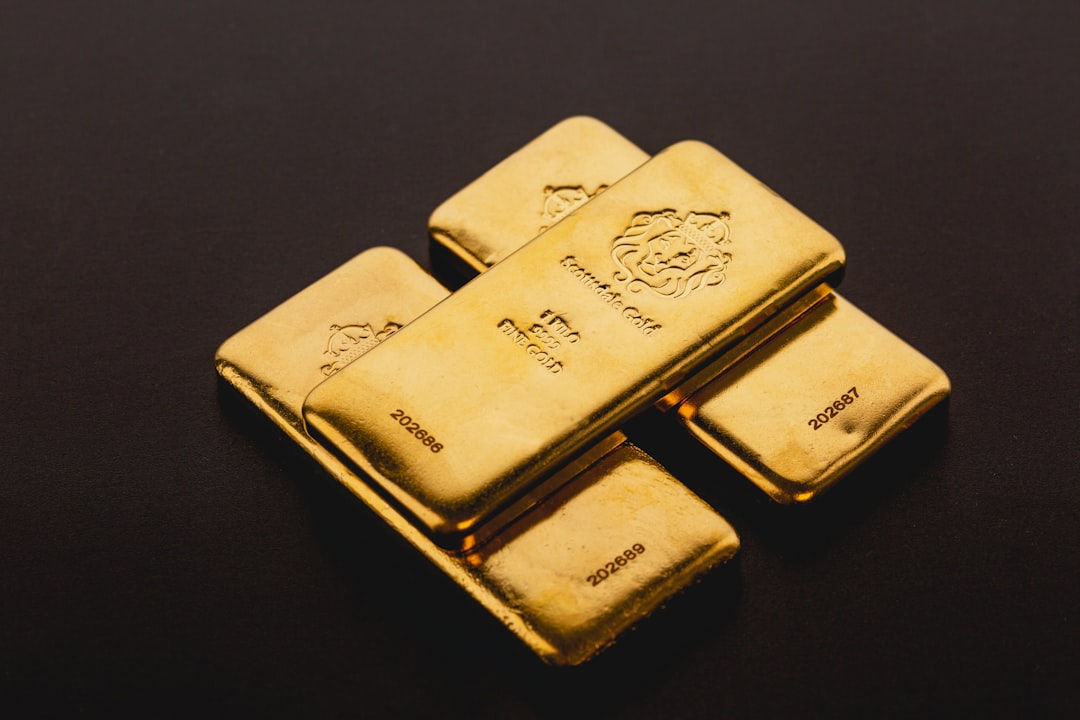
You know those brands you see every day? Many of them got their start during the Gold Rush. Henry Wells and William Fargo saw an opportunity to provide financial services to gold seekers and started a bank, Wells Fargo & Co.; Levi Strauss, a German immigrant, identified miners’ need for sturdy clothing and created canvas pants that would withstand the punishing hours involved in gold mining. These weren’t just lucky breaks—they were examples of American entrepreneurship at its finest.
The Gold Rush created an entirely new economy based on service industries. The influx of gold resulted in the expansion of manufacturing and the service industries, as many entrepreneurial newcomers took advantage of the demand for mining materials, lumber, clothing and transportation. While the Gold Rush allowed some of the earlier prospectors to become rich, it was the ensuing economic development that sprang up around the industry that would prove most profitable.
The Dark Side: Environmental Devastation
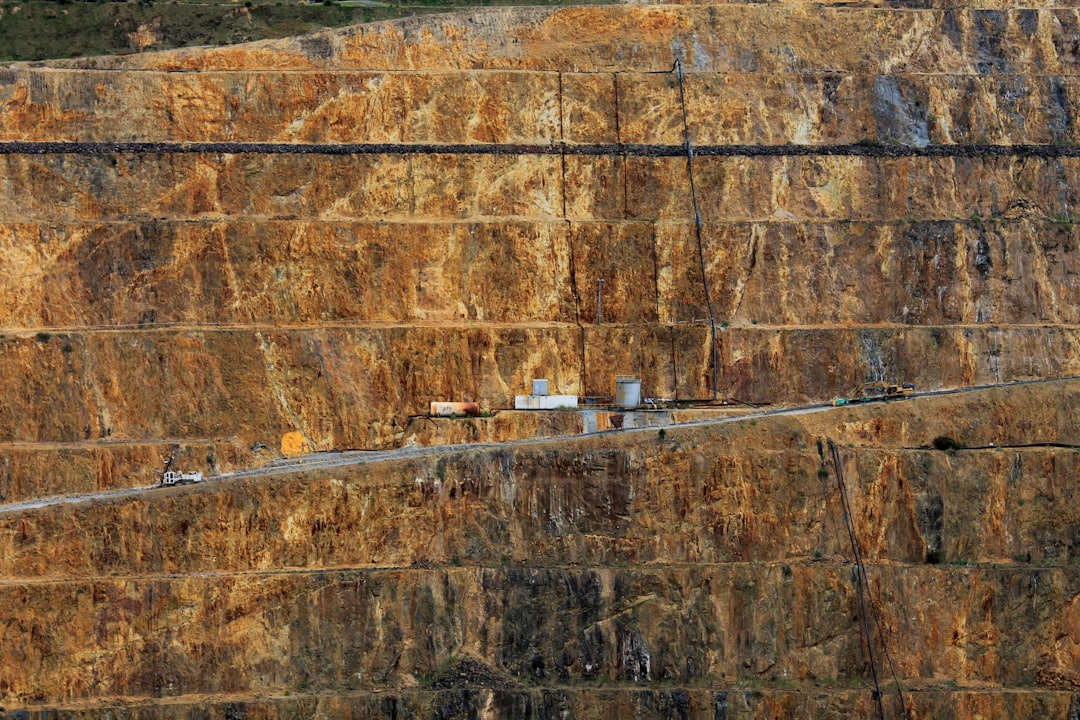
The environmental impact was catastrophic in ways that are still being felt today. During the California Gold Rush, miners dug up 12 billion tons of earth, excavating riverbeds and blasting hillsides in their fervor. They also used mercury to extract gold from the ore, releasing an estimated 7,600 tons of the toxic chemical into Northern California rivers and lakes. To put this in perspective, the amount of mercury required to violate federal health standards today would be equivalent to one gram in a small lake.
The hydraulic mining technique was particularly destructive. Using a technique called hydraulic mining, they extracted $170 million in gold between 1860 and 1880. In the process, they devastated the landscape and choked the rivers with sediment. Hydraulic mining eroded 1.2 billion cubic yards of sediment, clogging rivers and displacing 90% of aquatic species in the Sacramento Basin.
The Tragedy of Native Americans
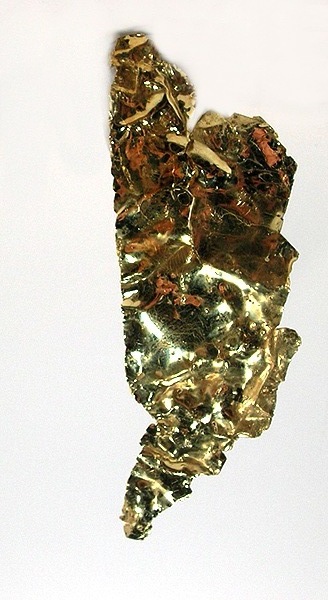
The Gold Rush’s impact on Native Americans was nothing short of genocidal. Over 150,000 Indigenous Peoples lived in California prior to the Gold Rush with sustainable cultures and economies based primarily on hunting, gathering and fishing. By 1870, the Native population of California had declined to an estimated 31,000 with over 60 percent perishing from diseases introduced by the 49ers. This represents one of the most devastating population collapses in American history.
The violence was systematic and state-sanctioned. In 1851, the California State government paid $1 million for scalping expeditions. $5 was paid for a severed Indian head in Shasta in 1855 and twenty-five cents was paid for a scalp in Honey Lake in 1863. Over 4,000 Indigenous children were sold with prices ranging from $60 for a boy to $200 for a girl. These weren’t random acts of violence—they were part of a deliberate campaign of extermination.
The Transformation of Gender and Society

The Gold Rush created a bizarre social experiment that challenged traditional American values. As the California gold rush brought a disproportionate population of men and set an environment of experimental lawlessness separate from the bounds of standard society, conventional American gender roles came into question. In the large absence of women, these migrant young men were made to reorganize their social and sexual practices.
This led to some fascinating social adaptations. Dance events were a notable social space for cross-dressing, where a piece of cloth (such as a handkerchief or sackcloth patch) would denote a ‘woman.’ These miners and merchants of various genders and gendered appearances, encouraged by the social fluidity and population limitations of the Wild West, shaped the beginnings of San Francisco’s prominent queer history.
The Railroad Connection: Linking East and West

The Gold Rush didn’t just create wealth—it created the demand for connecting California to the rest of the nation. San Francisco—which experienced the largest economic boom at the time—saw its rapid modernization and economic development rewarded, as it was chosen as the site for the western terminus for the first transatlantic railroad, which linked the East Coast with California through Omaha and revolutionized transport and commerce.
The construction of the transcontinental railroad was directly financed by Gold Rush wealth. Within a few years after the end of the gold rush, in 1863, the groundbreaking ceremony for the western leg of the First transcontinental railroad was held in Sacramento. The line’s completion, some six years later, financed in part with Gold Rush money, united California with the central and eastern United States. This connection transformed California from an isolated frontier into an integral part of the American economy.
The Birth of the California Dream
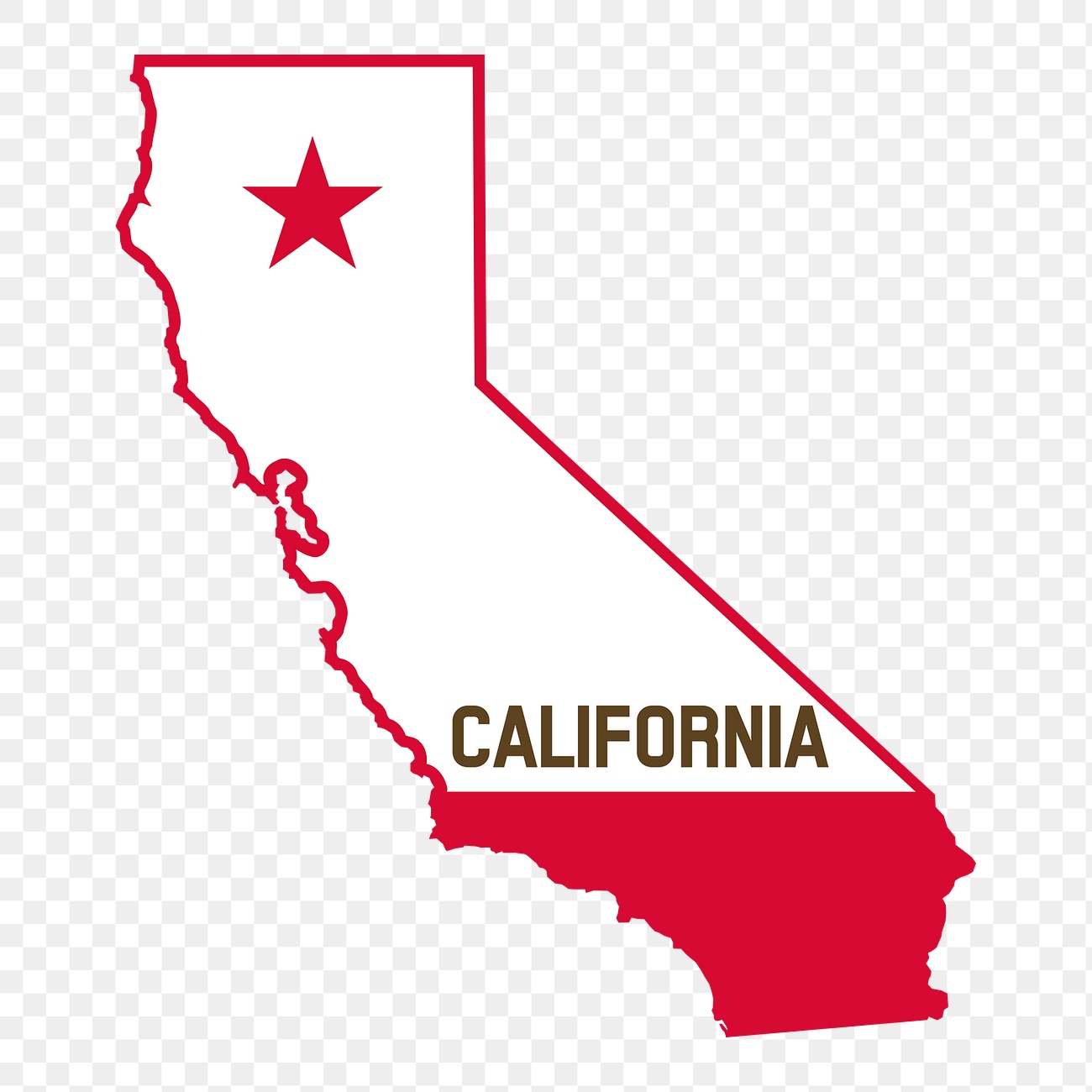
The Gold Rush created something that would become central to American identity—the California Dream. California’s name became indelibly connected with the gold rush, and fast success in a new world became known as the “California Dream”. California was perceived as a place of new beginnings, where great wealth could reward hard work and good luck. This wasn’t just about gold; it was about the possibility of instant transformation.
The psychological impact was profound. The old American Dream … was the dream of the Puritans, of Benjamin Franklin’s “Poor Richard”… of men and women content to accumulate their modest fortunes a little at a time, year by year by year. The new dream was the dream of instant wealth, won in a twinkling by audacity and good luck. The Gold Rush fundamentally changed American expectations about success and possibility.
The Economic Ripple Effect
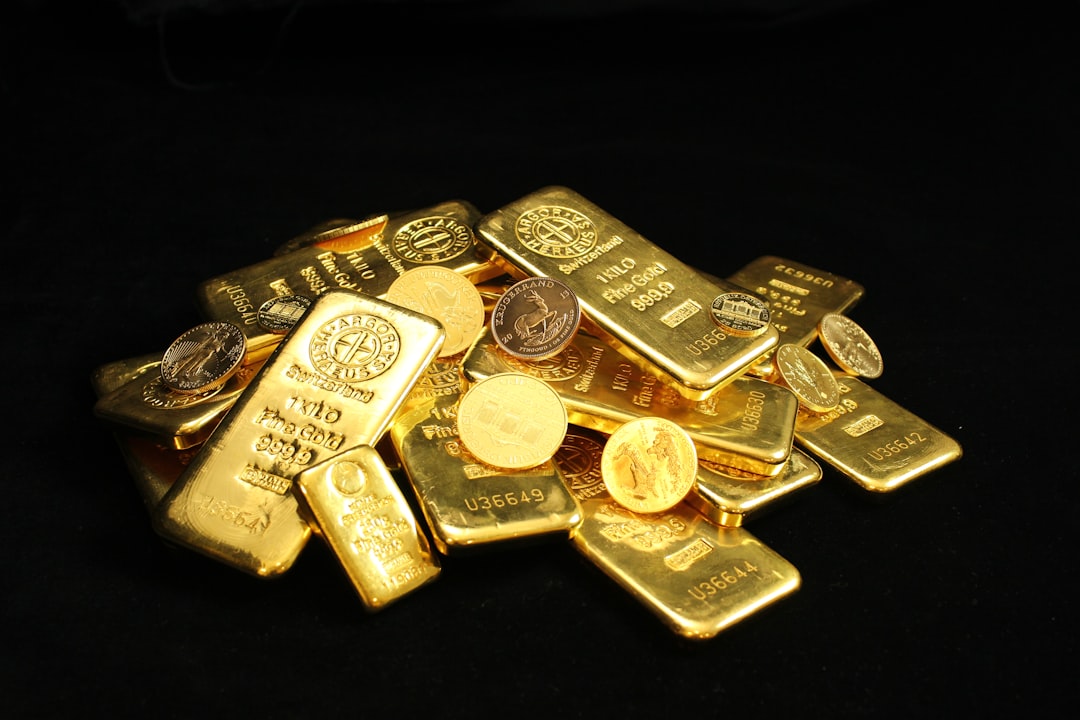
The Gold Rush’s economic impact extended far beyond California’s borders. A 2017 study attributes the record-long economic expansion of the United States in the recession-free period of 1841–1856 primarily to “a boom in transportation-goods investment following the discovery of gold in California.” The discovery of gold didn’t just create wealth—it created an economic boom that lasted for over a decade.
The transformation of California’s economy was remarkable. By the mid 1850s, the state’s farms had made California self-sufficient in raising wheat. Cattle ranching flourished, and by 1860, local ranches produced four times as many cows as they had in 1848. What started as a mining boom became the foundation for California’s emergence as an agricultural powerhouse.
Legacy of Modern California
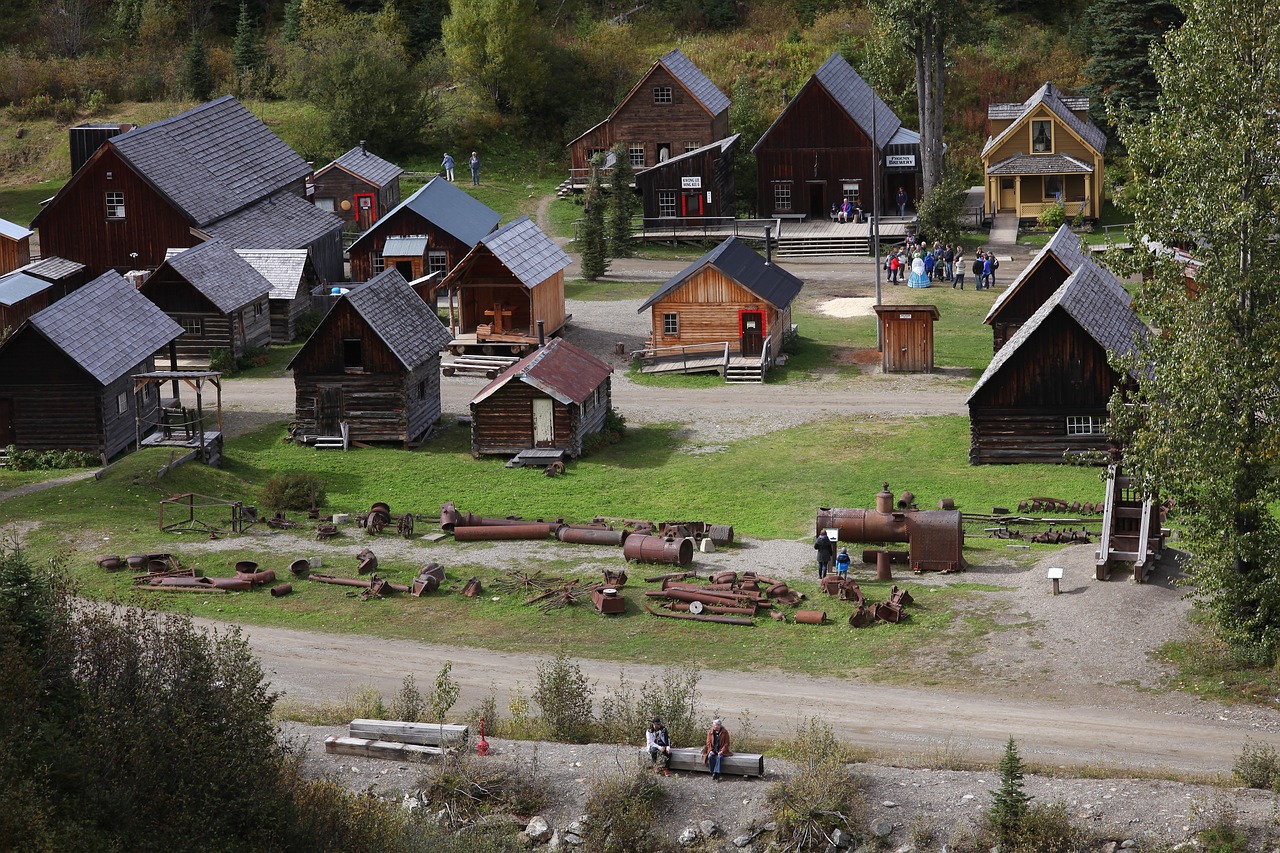
The Gold Rush continues to influence California’s economy today. Gold hunters in the Sierra Nevada foothills are digging up unprecedented amounts of gold, valued in the thousands of dollars even in 2023, showing that the Gold Rush’s impact isn’t just historical. Legislation like SB 209 (2023) promotes sustainable mining through tax incentives, yet community opposition blocks 60% of proposed projects. The industry’s future hinges on balancing heritage preservation with ecological accountability.
The parallels to modern California are striking. Many scholars and theorists have drawn parallels between the spirit of the Gold Rush and the ongoing technological and entrepreneurial boom experienced in Silicon Valley. The same spirit of innovation, risk-taking, and instant wealth that drove the Gold Rush continues to define California’s economy today.
The Gold Rush didn’t just change California—it fundamentally transformed what it meant to be American. It created new ideas about opportunity, transformed the relationship between East and West, and established patterns of boom-and-bust economics that still define American capitalism today. The effects of that fateful day in 1848 when James Marshall picked up a shiny rock continue to shape the American West, proving that some moments in history truly do change everything forever.




